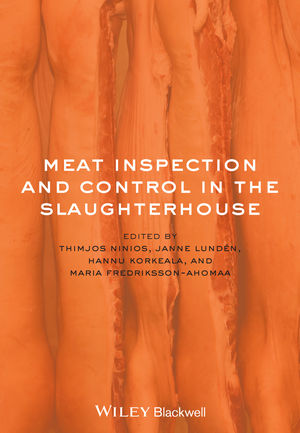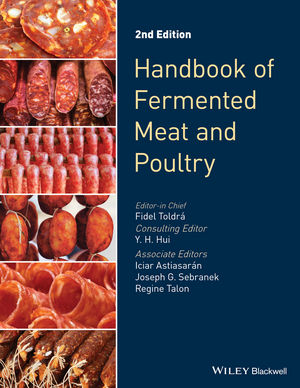Legislators introduce Black Vulture Relief Act of 2025 in the House
Black vultures target newborn calves.

Black vulture
Photo credit: vinicius oliveira/Pixabay
The National Cattlemen’s Beef Association is welcoming the introduction of the bipartisan Black Vulture Relief Act of 2025 in the House. This legislation is led by Rep. John Rose and Rep. Darren Soto, who represent districts where producers are facing burdens from black vulture overpopulation.
"Cattle producers across the South and Midwest face the emotional and financial strain of livestock deaths due to overabundant black vultures. At a time when the US cattle herd is at the lowest number since 1951, producers cannot afford to have vultures killing newborn calves. My family’s cattle operation faces the burden of black vultures daily with them roosting on nearby service towers overlooking surrounding pastures," said NCBA Director of Government Affairs Garrett Edmonds. "Being in the middle of Spring calving season back home, these predators target the newborns – the weakest animals who cannot defend themselves.
"The Migratory Bird Treaty Act has been overwhelmingly successful but makes it extremely difficult for producers to properly protect their cattle herds from these predators. It is time to recognize that success and give producers more flexibility in managing black vulture populations. NCBA appreciates Congressmen Rose and Soto for introducing this commonsense bill to properly manage an exploding population of predators."
Black vulture depredation rates have increased across the Southeast in recent years, surpassing 30% in some states such as Florida. The bill would allow a cattle producer to “take” -- capture, kill, disperse or transport -- black vultures that pose a risk to livestock. Additionally, the bill would institute a single yearly report for producers to submit, detailing the number of black vultures they took. The NCBA finds streamlining the system and lifting the cap on the number of black vultures that producers can take is a commonsense approach to managing a fully recovered, aggressive predator species.
Looking for a reprint of this article?
From high-res PDFs to custom plaques, order your copy today!







